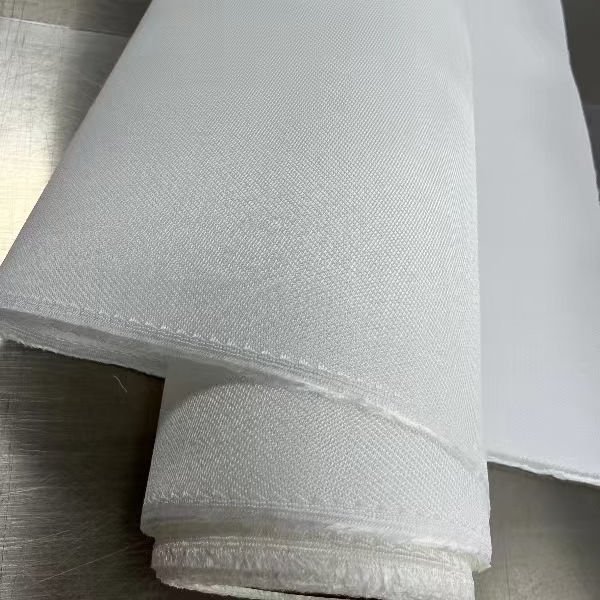Benefits of Woven Silica Fabric and Textiles for Heat Protection

-
Exceptional Thermal Resistance
-
High-Temperature Stability: Silica fabrics withstand temperatures up to 1,800°F (982°C) and short-term exposure up to 2,300°F (1,260°C), ideal for extreme environments like furnaces or aerospace applications.
-
Low Thermal Conductivity: Acts as an effective thermal barrier, minimizing heat transfer to protect users or equipment.
-
Thermal Shock Resistance: Maintains integrity under rapid temperature changes, preventing cracks or degradation.
-
-
Chemical and Environmental Durability
-
Chemical Inertness: Resists corrosion from acids, alkalis, and solvents, ensuring performance in harsh industrial settings.
-
Weather and UV Resistance: Retains properties under UV exposure, moisture, and outdoor conditions, suitable for long-term outdoor use.
-
-
Mechanical and Physical Properties
-
Flexibility and Drapeability: Maintains flexibility despite high heat resistance, allowing use in complex shapes (e.g., protective clothing, pipe insulation).
-
Abrasion Resistance: Durable under mechanical stress, extending lifespan in demanding applications.
-
Lightweight: Offers high performance without the bulk of traditional materials like ceramics or metals.
-
-
Safety and Health Advantages
-
Non-Toxic and Asbestos-Free: Safer alternative to asbestos, with no hazardous fiber release when properly handled.
-
Flame Retardancy: Inherently non-combustible, with low smoke emission, enhancing safety in fire-prone environments.
-
Electrical Insulation: Provides dielectric properties, useful in electrical applications requiring heat protection.
-
-
Cost-Effectiveness and Sustainability
-
Long-Term Durability: Reduced replacement frequency lowers lifecycle costs.
-
Eco-Friendly: Derived from abundant silica sand, avoiding harmful byproducts associated with synthetic materials.
-
-
Versatile Applications
-
Protective Gear: Firefighting suits, welding blankets, and industrial gloves.
-
Industrial Use: Insulation for pipelines, turbines, and reactors in oil/gas industries.
-
Aerospace and Automotive: Heat shields and exhaust wraps.
-
Electrical Engineering: Insulation for high-temperature wiring and components.
-
Comparison to Alternatives
-
Outperforms fiberglass in temperature resistance and chemical stability.
-
Safer and more durable than asbestos, with better environmental credentials.
Considerations
-
While non-toxic, silica fibers should be handled to minimize inhalation risks.
-
Higher initial cost than some materials, offset by longevity and performance.
Woven silica textiles excel in combining thermal, chemical, and mechanical benefits, making them a superior choice for high-heat protection across diverse industries.